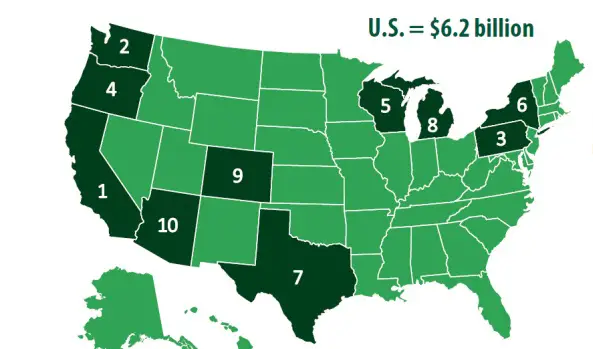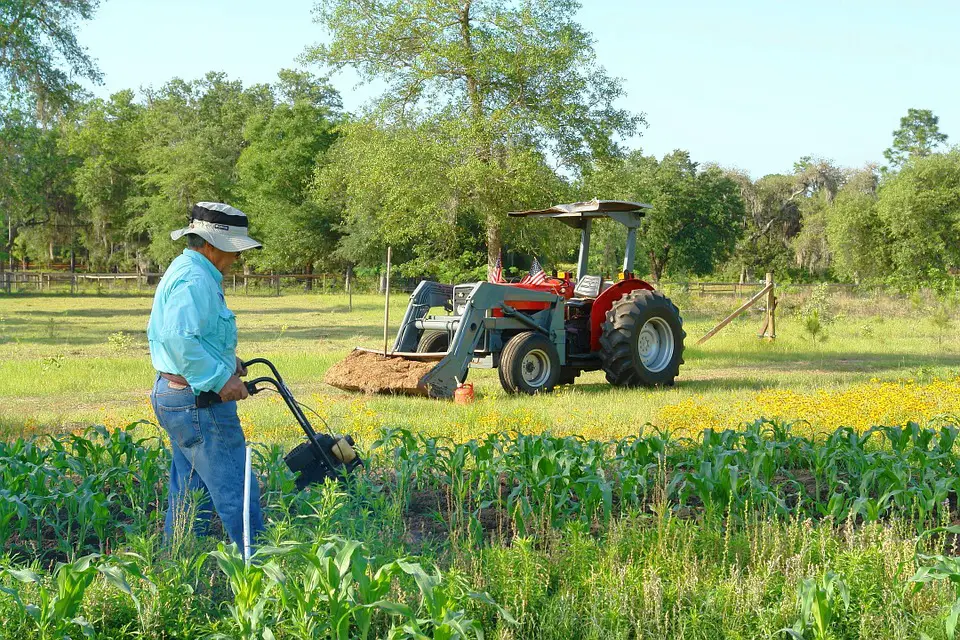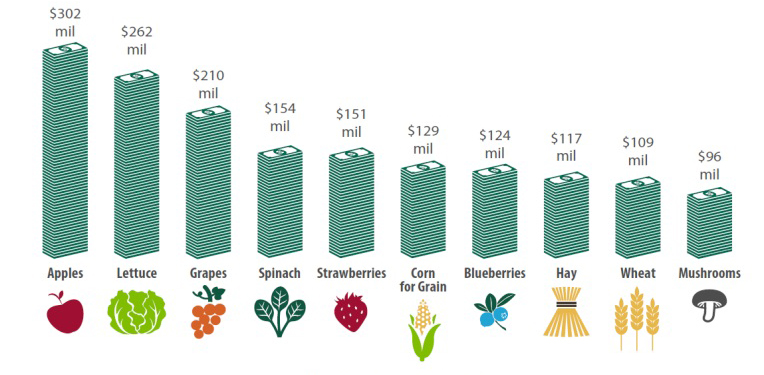It’s official: The United States has just hit a new record high for amount of organic farmland.
In 2015, record highs were recorded for organic farming with a total of 4.4 million acres currently being cultivated, according to data from the USDA.
About half of it (55%) was used for crops, the rest as pasture and rangelands. We have still a long way to go, as the United States grew 175.2 million of GMO crops in 2015, making it number one GMO producer in the world. However, this is a big step forward for the organic industry, as more and more countries that refuse GMOs request organic crops of corn and soy, which are predominately GMO in the U.S. today.
In the United States, the lack of organic food to meet demand has caused many companies to begin importing crops and animal feed from places including Romania, Australia and more. But thankfully, it appears as if farmers are wising up, and rising up, to meet demand.
A 2015 Certified Organic Survey, which was just released this September, found out the following:
These 8 states that are leading the way for organic farmlands:
1. California, 790,000 acres
2. Alaska, 695,000 acres
3. Montana, 251,000 acres
4. New York, 239,000 acres
5. Wisconsin, 210,000 acres
6. Oregon, 176,000 acres
7. Idaho, 167,000 acres
8. Colorado, 152,000 acres

The states that had the most organic sales are not identical to the states that produced the most. California, however, leads the way in both. Source: USDA
States That Had the Most Organic Sales
The above states are not necessarily the same states that had the most certified organic produce sales, which went up 13% since 2014 with a total of $2.4 billion in sales. More than half sales (57% came from crops, the rest from livestock and poultry products). These states leading in sales are:
- California, $2,436 million sales
- Washington, $626 million
- Pennsylvania, $332 million
- Oregon, $269 million
- Wisconsin, $222 million
- New York, $221 million
- Texas, $210 million
- Michigan, $187 million
- Colorado, $155 million
- Arizona, $129 million
The Most Sold Organic Product
Milk and eggs brought in the most sales, followed by broiler chickens, apples, lettuce, cattle, grapes, spinach, strawberries, corn, blueberries, hay and wheat. Milk and eggs brought in a total of $1,911 million in sales, vegetables $1435 million; fruits, nuts, and berries $1,203 million; livestock and poultry $743 million, field crops $660 million, and mushrooms $96 million.
Was There Economic Loss Due to GMO Contamination?
A total of 32 farms lost $520,671 due to “unintentional presence of GMO material,” a slightly higher number than the previous year.
Organic Farming is The Future
Every year thousands of farmlands transition to certified organic. As more countries around the world ban GMOs and more consumers request organic produce, the farms are slowly catching up to a world that is asking for health-conscious sustainable agriculture. For many, organic is the future, because when done right it encompasses the whole eco-system, making the crops, the insects, and the climate work together, instead of again one another. And these farms are leading the way to the future, joined by more farms every year.
Read the whole report here.
P.S. The report mentioned in this article was released in fall 2016 by the USDA. Another report with different figures (some higher and some lower in terms of acreage per state) was also released based on 2016 data by the organization Mercaris. You can learn more by clicking here.
Recommended reading:
New Study Shows Organic Farmers Make Considerably More Money Than Their “Conventional” Counterparts
Thanks for installing the Bottom of every post plugin by Corey Salzano. Contact me if you need custom WordPress plugins or website design.






